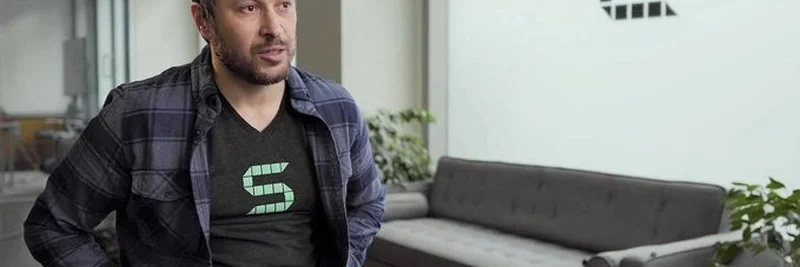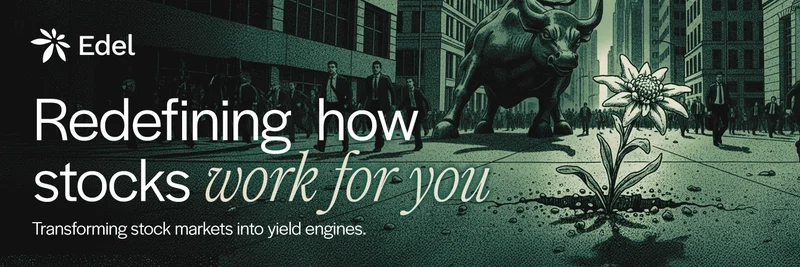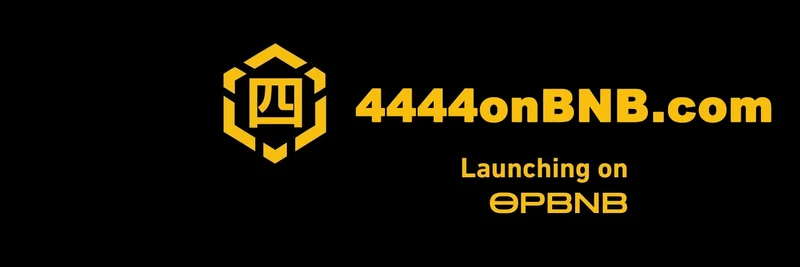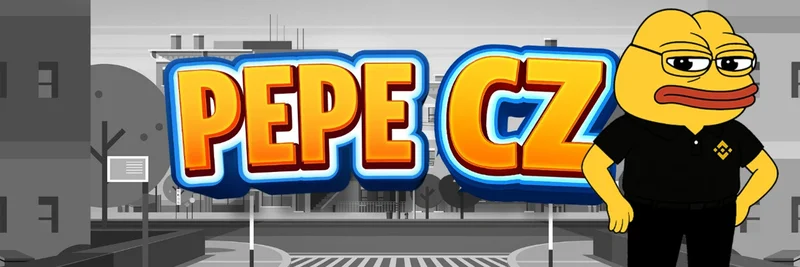Ever wondered what it takes to go from a kid leaving Ukraine to building one of the world’s top cryptocurrencies? Meet Anatoly Yakovenko, the brain behind Solana, a blockchain that’s taken the crypto world by storm. This thread from StarPlatinum dives deep into his incredible journey, and we’re here to break it down for you in a way that’s easy to digest—even if you’re new to the blockchain scene.
From Ukraine to the Top of Tech
Anatoly’s story starts in Ukraine during the waning days of the Soviet Union. His family moved to the U.S. in the early '90s, chasing better opportunities. By the time he was in high school, he was already coding in C, dreaming of creating companies like the dot-com giants he admired. That early passion led him to the University of Illinois, where he earned a Computer Science degree. Along the way, he co-founded a VoIP startup called Alescere, which didn’t pan out but planted the seed for his entrepreneurial spirit.
Fast forward to 2003, and Anatoly joined Qualcomm, where he climbed the ranks to Senior Staff Engineer Manager over 13 years. He worked on big projects like the BREW OS (used in over 100 million devices) and the first commercial Project Tango phone. His patents in OS design, AR/VR, and 3D cameras show just how versatile and innovative he was—skills that would later shape Solana.
The Birth of Solana: A Late-Night Epiphany
The crypto bug bit Anatoly in 2017 while he was mining on the side. One late night, fueled by coffee and a beer, he had a breakthrough: what if time could be used to order events on a blockchain? This idea became Proof of History, a clever cryptographic clock that speeds up global consensus without the energy-hungry proof-of-work systems used by Bitcoin. It’s like giving the blockchain a super-efficient heartbeat!
In 2018, he teamed up with Greg Fitzgerald and Stephen Akridge to bring this vision to life. They rewrote the code in Rust (a programming language known for speed and safety) and added GPU signature verification. Naming it after a beach they loved, Solana launched with a $20 million raise in a tough bear market. Talk about guts!
Solana’s Meteoric Rise and Challenges
Solana’s mainnet-beta hit the ground running in March 2020. By November 2021, its token SOL soared to $259, making it one of the fastest blockchains around. The Serum DEX (a decentralized exchange) put it on the map, attracting developers and investors alike. But it wasn’t all smooth sailing—network outages and the 2022 FTX collapse (which saw SOL drop 95% to $8) tested the team’s resolve. Anatoly didn’t back down; he created an “adversarial team” to stress-test the chain and fix its weaknesses.
By 2025, Solana celebrated a full year without downtime, a huge win for a blockchain handling thousands of transactions per second. Partnerships with big names like Visa, Google Cloud, Shopify, and PayPal have cemented its place in the crypto ecosystem. Anatoly calls Solana a “global state machine,” a fancy way of saying it’s a decentralized platform that can power everything from payments to apps.
Why This Matters for Meme Token Fans
At Meme Insider, we love tracking how tech innovations like Solana shape the meme token world. Solana’s low fees (under $0.0025 per transaction) and high speed make it a hotspot for meme coin projects, where quick, cheap trades are key. If you’re into tokens like Dogecoin or Shiba Inu, understanding Solana’s tech could give you an edge in spotting the next big thing.
Anatoly’s journey is a reminder that big ideas, resilience, and a bit of coffee can change the game. Whether you’re a blockchain newbie or a seasoned trader, his story with Solana is one to watch. Got thoughts on where Solana’s headed? Drop them in the comments—we’d love to hear from you!




